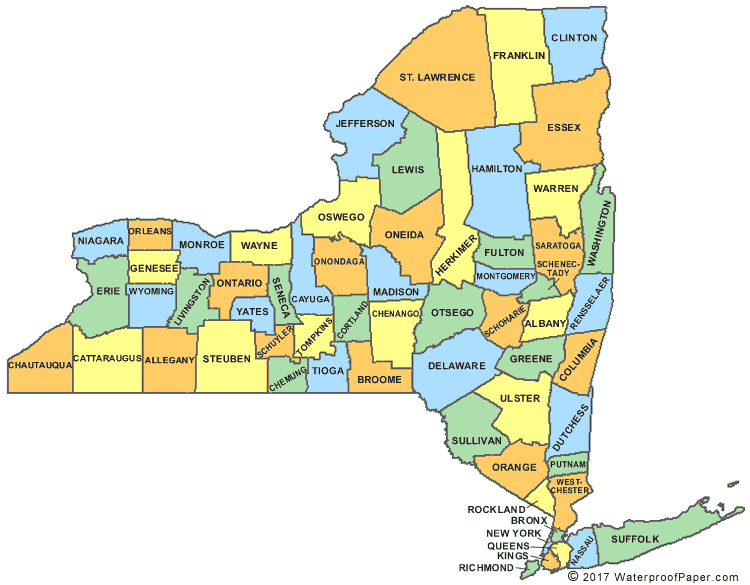Political activist Kathryn Magnolia Johnson was born on December 15, 1878 in Darke County, Ohio. She was the daughter of Walter and Lucinda Jane McCown Johnson. Kathryn Johnson graduated at the top of her high school class in New Paris, Ohio in 1895 and worked as a teacher in both Ohio and Indiana between 1898 and 1901. In 1902, she graduated from Wilberforce University with a bachelor’s degree and a teaching certificate. She taught at the State Normal School for Negroes in Elizabeth City, North Carolina from 1904 to 1905 before spending a year as Dean of Women at Shorter College, a predominately black institution in Little Rock, Arkansas, that was the site of bloody racial riots during Johnson’s tenure.
Working as a Kansas City high school teacher in 1910, Johnson became one of the first members of the newly formed National Association for the Advancement of Colored People (NAACP, 1909- ). She left teaching to serve as sales representative for the NAACP’s journal, Crisis. After three years, Johnson became a branch organizer, helping to establish dozens of branches of the NAACP throughout the South. Johnson excelled, and the organization grew rapidly in the region that had the majority of African Americans. Despite her success, she began to openly criticize the fact that whites had virtually all of leadership roles within the NAACP. Johnson was let go by the NAACP in 1916, although it is not clear whether the reason was for her criticism of whites’ roles within the organization.
Johnson subsequently took a position with the Young Men’s Christian Association (YMCA, 1844- ), where she worked among African Americans. Johnson and co-worker Addie Waites Hunton (1875-1943) were sent by the YMCA to France during World War I to observe the treatment of black soldiers in segregated U.S. Army units.
Johnson and Hunton returned home to publish a detailed account of their trip in their book, Two Colored Women with the American Expeditionary Forces (1920). Their account is the most detailed description of the cultural climate in France toward African Americans. It also highlighted the ill treatment of African-Americans during the war.
After returning to the U.S. in 1919, Johnson joined the campaign to spread African American literature throughout the country with Carter G. Woodson’s Association for the Study of Negro Life and Literature (1915- ) in Chicago, selling a package of works by black authors called the Two-Foot Shelf that included 15 books published by the Association. By 1928, Johnson had traveled more than 9,000 miles and sold 15,000 books. A 1950 issue of Crisis lists Johnson, then age 72, as living at the Ezella Mathias Carter Home for Colored Working Women in Chicago. Kathryn Magnolia Johnson died five years later.

